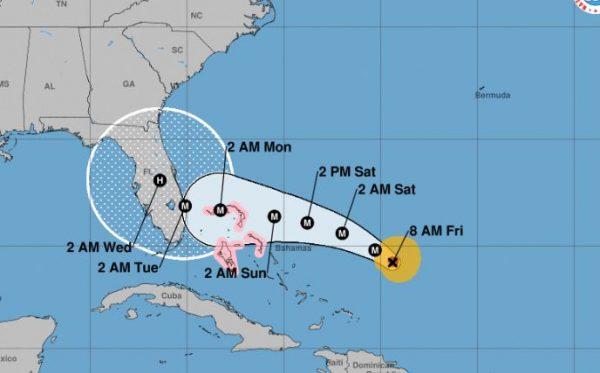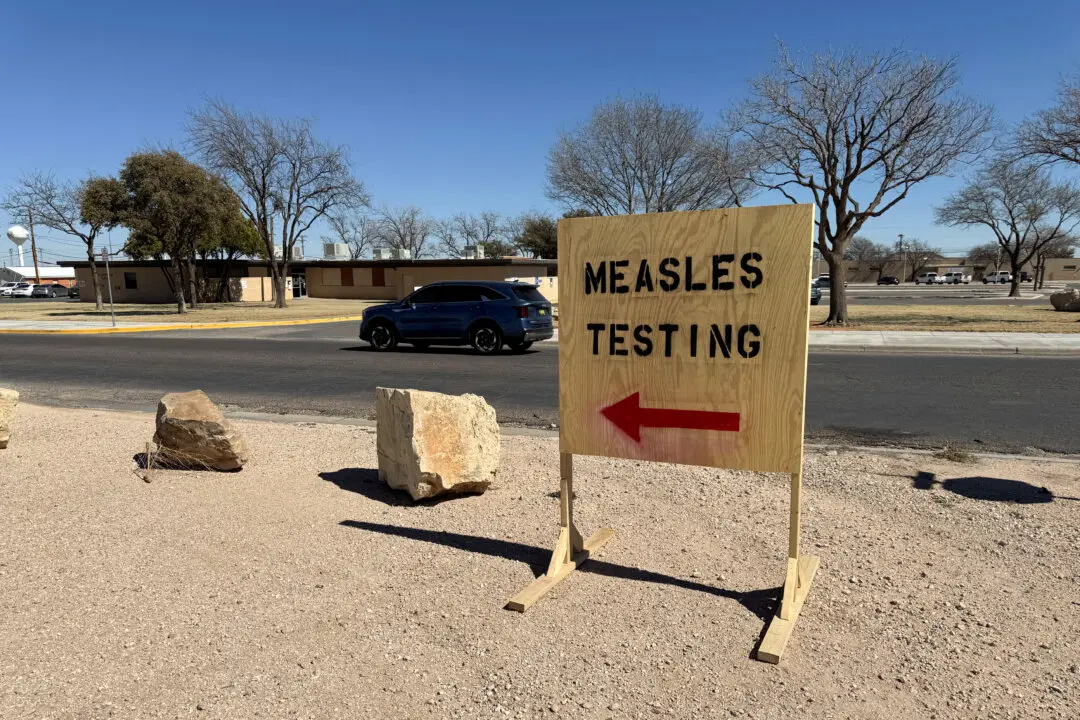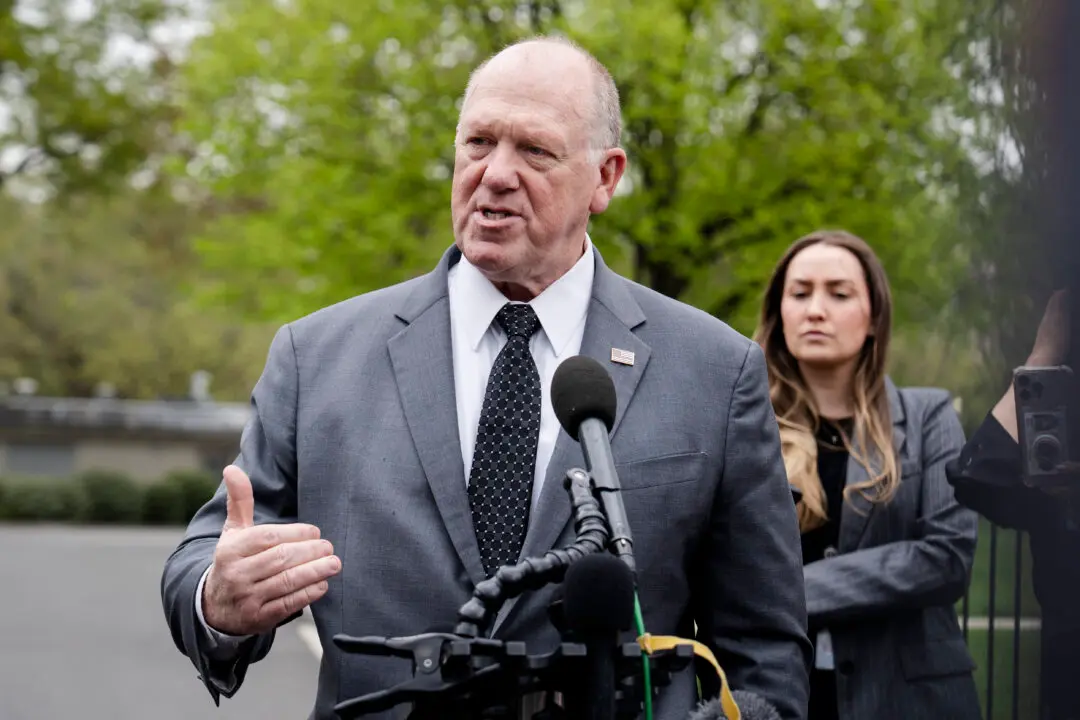President Donald Trump on Aug. 30 declared a state of emergency for Florida, allowing federal aid to flow to state and local response efforts amid the threat posed by Hurricane Dorian, which is slated to hit the state next week.

Coastal hurricane watches are in effect for areas in the Bahamas.
“Strengthening is forecast during the next few days, and Dorian is expected to become a major hurricane later today. Dorian is likely to remain an extremely dangerous hurricane while it moves near the northwestern Bahamas and approaches the Florida peninsula through the weekend,” according to the agency.

Florida Gov. Ron DeSantis said that the storm is expected to arrive at the end of Labor Day weekend.
On Friday, Aug. 30, he said officials will make a decision on whether to issue voluntary or mandatory evacuations in parts of the state.
Forecasters say that the storm will bring life-threatening situations to locals.
“The latest track shows that Dorian will slow down considerably before and after landfall near West Palm Beach. It’s increasingly likely that the threat for life-threatening storm surge, high winds and heavy rain will last more than a couple days," WOFL-Fox 35 meteorologist Kristin Giannas said, according to the Sentinel.
The storm, between now and landfall, will strengthen as it slows down.
He noted that the storm might replace its eyewall in the meantime.
“These are usually brief, but generally unpredictable in advance. However, they do not affect the overall scope of the goings-on outside of the eyewall, where tropical storm to major hurricane conditions continue,” Kottlowski said.





